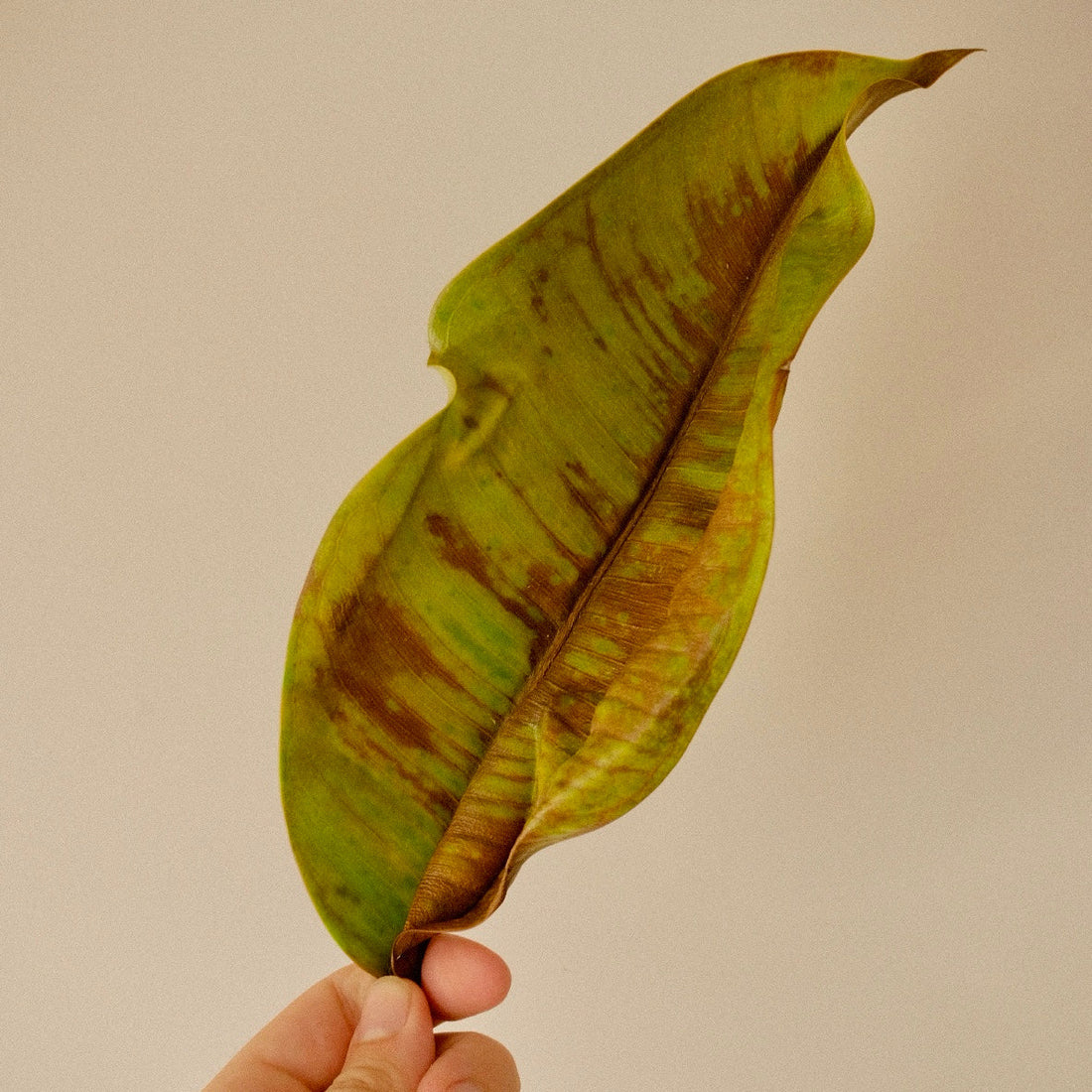
Why Your Plants Are Shedding Leaves (And Why You Shouldn't Always Worry)
Why Your Plants Are Shedding Leaves (And Why You Shouldn't Always Worry)
If you've noticed your indoor plants shedding leaves, it's natural to feel a bit of concern. After all, lush foliage is often a sign of a healthy plant. However, leaf shedding is a common occurrence and not always a cause for alarm. In this blog post, we'll explore the various reasons why plants shed leaves and why, in many cases, it's a normal part of their growth cycle.
Seasonal Changes
One of the most common reasons for leaf shedding is the natural response of plants to seasonal changes. As the seasons shift, plants adjust their growth patterns to adapt to the new conditions. In deciduous plants, such as many trees and shrubs, autumn triggers the shedding of leaves in preparation for winter. This process, known as abscission, allows the plant to conserve energy and resources during colder months.
Stress Response
Plants can experience stress for various reasons, including changes in environmental conditions, fluctuations in temperature, or inadequate sunlight. In response to stress, plants may shed leaves as a survival mechanism. This shedding helps the plant redirect resources to more critical areas, ensuring its overall well-being. If you've recently moved a plant or changed its environment, some leaf drop might be expected as it acclimates to the new conditions.
Overwatering or Underwatering
Improper watering is a common culprit for leaf shedding. Both overwatering and underwatering can stress plants and lead to leaf loss. Overwatering can lead to root rot, depriving the plant of essential nutrients, while underwatering can cause dehydration and impact the plant's ability to sustain healthy leaves. Finding the right balance and understanding the specific water needs of your plants is crucial in maintaining their well-being.
Nutrient Deficiency
Plants require a variety of nutrients for healthy growth. A lack of essential nutrients, such as nitrogen, phosphorus, or potassium, can result in weakened foliage and eventual leaf drop. Regularly fertilizing your plants with a well-balanced fertilizer can help prevent nutrient deficiencies and promote vibrant, lush growth.
Natural Aging
Just like any living organism, plants undergo a natural aging process. As older leaves reach the end of their life cycle, they naturally yellow and fall off. This is a normal part of a plant's growth, and as long as new growth continues, there's generally no need for concern.
While it's natural to worry when your plants start shedding leaves, understanding the underlying reasons can help ease your concerns. In many cases, leaf drop is a normal part of a plant's life cycle or a response to environmental factors. By providing proper care, including adequate water, nutrients, and attention to changing seasons, you can help your plants thrive and maintain their greenery. Remember, a few fallen leaves are often a sign of a resilient and adaptive plant, so don't let it dampen your gardening enthusiasm.